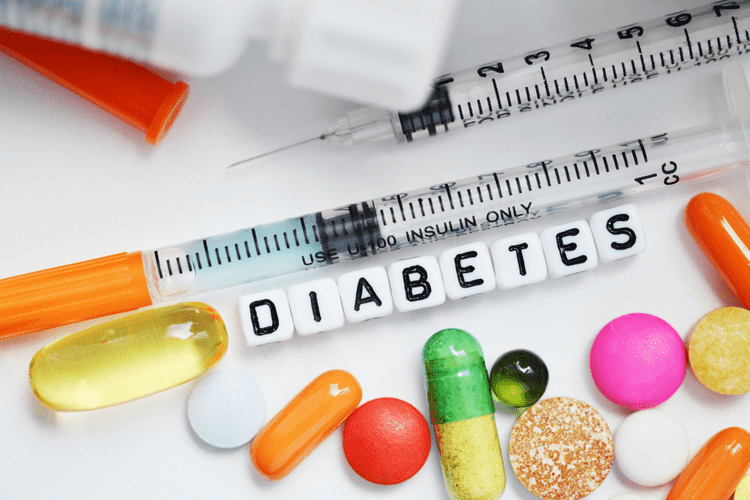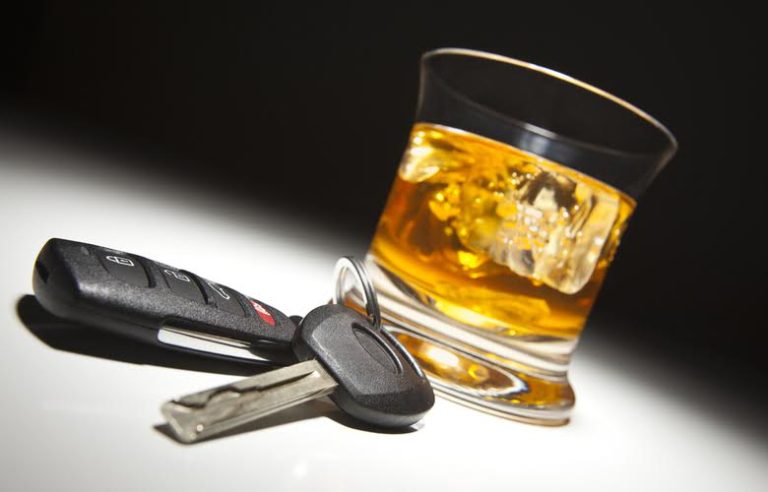Chronic drinking shrinks your frontal lobe—the part of your brain responsible for reasoning, empathy, and self-control. This leads to poor decision-making, foggy thinking, and emotional numbness. You’re not dealing with a “bad habit.” You’re dealing with a neurochemical dependency that alters your brain, rewires your coping system, and triggers long-term damage. For example, it is used as an antiseptic before injections or minor surgeries to sterilize the skin and reduce the risk of infection. Content clinically reviewed and medically verified by licensed experts to meet California Prime Recovery’s highest standards of trust, transparency, and evidence-based care.
Care at Cleveland Clinic

Healthcare professionals use this term when referring to ethanol in clinical settings, particularly when discussing ETOH abuse or alcohol-related health issues. In medical contexts, EtOH is used to describe alcohol intoxication, withdrawal symptoms, and other conditions related to alcohol use. Its precise terminology helps healthcare providers communicate effectively. EtOH affects the body by interacting with the central nervous system, leading to effects such as relaxation, impaired judgment, and, in excessive amounts, alcohol poisoning. Long-term use can result in serious health issues like liver damage and mental health disorders. Education and awareness are critical components of preventing ethanol abuse.
1 Short-Term Effects
Recreate Behavioral Health offers comprehensive alcohol addiction treatment, including personalized treatment programs led by experienced healthcare professionals. Our services include therapy, support groups, and aftercare to ensure long-term recovery. For those requiring intensive care, we provide options for hospitalization as part of a safe, structured recovery plan. Programs for inpatient treatment usually initiate with a detox phase to safely manage alcohol withdrawal symptoms, which is an essential step for transitioning away from alcohol dependence. These structured programs are necessary due to excessive ethanol consumption, which often requires durations ETOH abuse of 30, 60, or 90 days and offers extensive care and assistance.
- Over time, an individual may require more ethanol to achieve the same effects, a process known as tolerance.
- Many people who become addicted to ETOH report having problems with their mental health because ethanol is a central nervous system depressant.
- There are also support groups designed solely for women, like Women for Sobriety.
What Does EtOH Mean in Medical Terms?
Ethanol or ethyl alcohol is the substance that causes mind-altering effects when you consume an alcoholic beverage. However, drinking pure ethyl alcohol, especially fuel, poses dangerous health risks. Beyond alcoholic beverages, ethanol serves numerous purposes in various industries. It’s utilized as a solvent in cleaning supplies, as an ingredient in hand sanitizers, as a fuel additive in gasoline, and in the production of personal care products. The versatility of this simple chemical compound makes it significant across numerous fields, from healthcare to manufacturing. Yes, a rare condition known as Auto-Brewery Syndrome (ABS) can cause the body to produce ethanol internally.
What are the Signs of Alcohol Use Disorder?
Treatment options for those struggling with alcohol dependence include medication-assisted treatment, inpatient and outpatient programs and support groups. Inpatient treatment provides a structured environment for managing withdrawal and starting recovery, while outpatient treatment offers flexibility for those who need to keep their daily responsibilities. Support groups like AA offer community and accountability which are key to long term recovery.

Early intervention and treatment can significantly improve the chances of overcoming alcohol addiction and leading a healthier, more fulfilling life. The liver is the organ that deals with ethanol in alcoholic beverages, breaking it down into a usable form that can be flushed out of your body. This process creates a byproduct known as acetaldehyde which is extremely toxic and causes damage to cells when present for long periods, especially if someone drinks too much ETOH. Long-term use will lead to scarring or even cirrhosis, making it harder for blood or nutrients to pass through the liver, potentially causing an early death depending on how serious the issue becomes. For those seeking help, numerous pathways exist—from brief interventions to inpatient Alcoholics Anonymous programs, support groups, and medication-assisted therapies.
If a patient arrives at the hospital intoxicated from ETOH, a nurse might write “ETOH on board” on their chart. This alcohol originates from yeast consuming sugars in grains then producing ETOH and CO2. It is also a polar substance, which means it can dissolve a wide range of substances, including sugars, certain gases, and several types of plastics.
- Blood Alcohol Content (BAC) quantifies the percentage of alcohol present in an individual’s bloodstream and is a key indicator for determining levels of impairment.
- EtOH is also found in cleaning products as a solvent for removing stubborn residues, stains, and grease.
- I recently joined Ohio Community Health Recovery Centers as a Clinical Case Manager.
- Early diagnosis and intervention are critical in preventing long-term health consequences and promoting recovery from EtOH addiction.
As someone who is also in recovery, I wanted to provide hope, share lived experience, and support others on their journey. Various therapeutic approaches, such as CBT (cognitive behavioral therapy) and MET (motivational enhancement therapy), are effective in treating ETOH addiction. These therapies help individuals identify triggers, develop coping strategies, and build resilience against relapse. Many people who drink alcohol excessively tend to become obese over time due to ethanol’s ability to increase appetite while slowing down the metabolism. This means that you’ll eat more food than usual without burning calories, which can lead to weight gain if unadressed over a long period.
- This method doesn’t work for everyone, but it’s an option for people trying to quit while maintaining their lifestyle habits or coping mechanisms even after stopping ETOH use.
- 4 to 5 symptoms indicate a moderate alcohol use disorder, while 6 or more symptoms indicate your alcoholism is severe.
- Furthermore, it is indirectly encouraged through religious events, birthday celebrations, promotions, and other social events.
- Treatment options for those struggling with alcohol dependence include medication-assisted treatment, inpatient and outpatient programs and support groups.
Blood Alcohol Content (BAC) is a measurement of the amount of alcohol (ethanol) in a person’s bloodstream. It is typically expressed as a percentage, representing grams of alcohol per 100 milliliters (mL) of blood. For example, a BAC of 0.08% means there are 0.08 grams of alcohol per 100 mL of blood. MethanolMethanol (wood alcohol) is extremely toxic, leading to blindness or death. Attempting to interpret methanol as ETOH can be fatal, as treatments differ.
